Top Things to Know Before Buying Urban Garden Prints
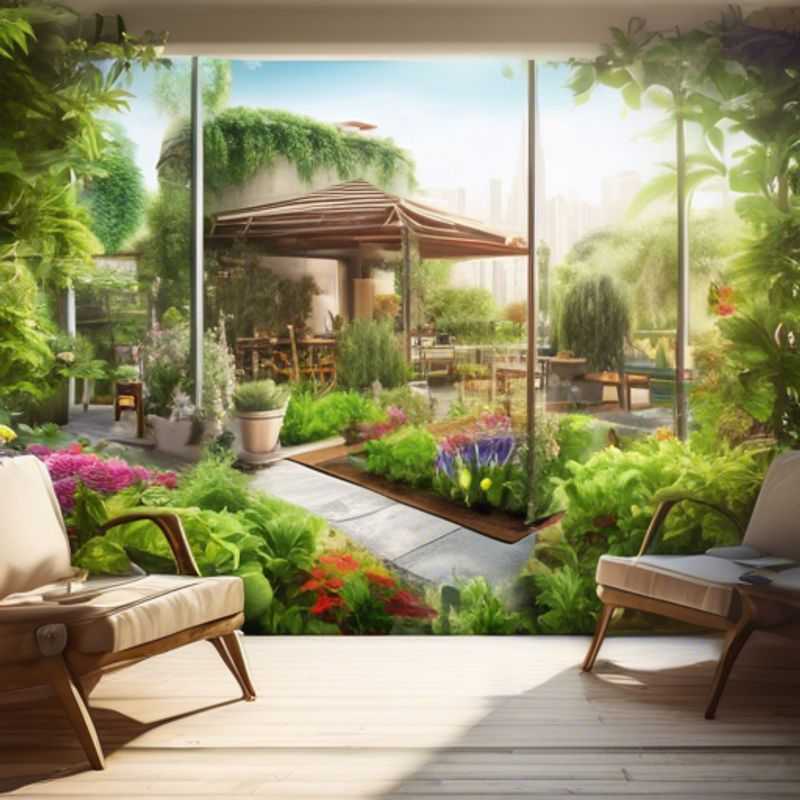
Top Things to Know Before Buying Urban Garden Prints: A Guide for the Urban Gardener
Ready to bring a touch of nature indoors?
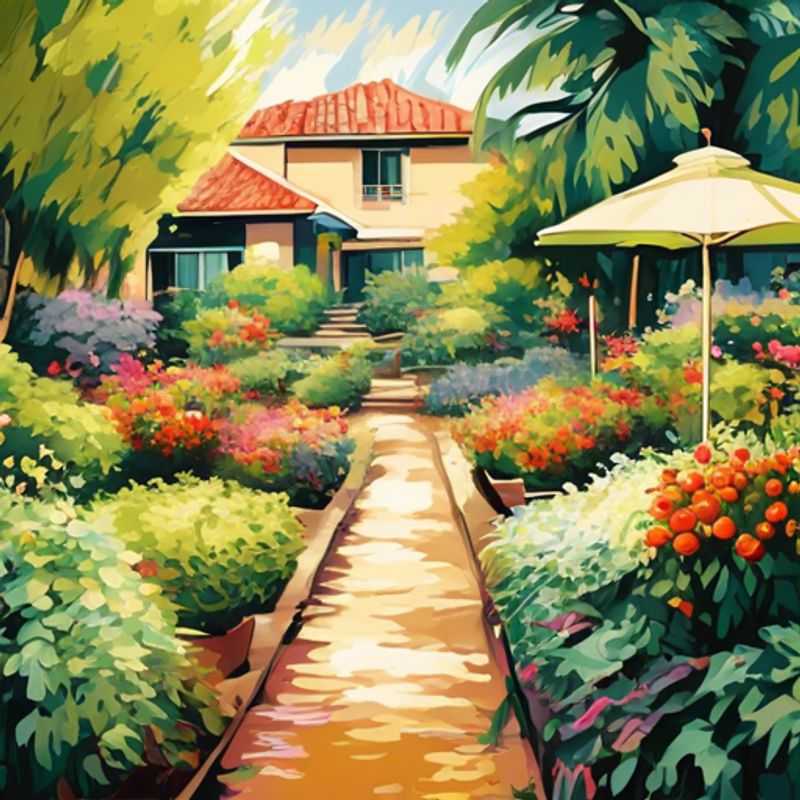
Urban Garden Prints: A Guide to Botanical, Abstract, and Minimalist Designs
Urban garden prints offer a unique way to personalize your space and bring a touch of nature indoors. Here's a quick look at the most popular styles:
Botanical Prints: These feature detailed illustrations of plants and flowers, often capturing their intricate details. Think delicate ferns, vibrant wildflowers, or majestic cacti.
Abstract Prints: They offer a more stylized interpretation of nature, using geometric shapes, bold colors, and patterns to evoke a sense of organic beauty. They can add a modern and contemporary feel to your urban garden theme.
Minimalist Prints: These emphasize simplicity and clean lines. They often feature single plant motifs or abstract interpretations of natural elements, creating a calm and serene ambiance. They're ideal for those who prefer a less cluttered look.
When choosing urban garden prints, consider your personal style, the overall theme of your space, and the desired mood. Whether you prefer realistic depictions or abstract interpretations, there's a print out there to enhance your urban oasis.
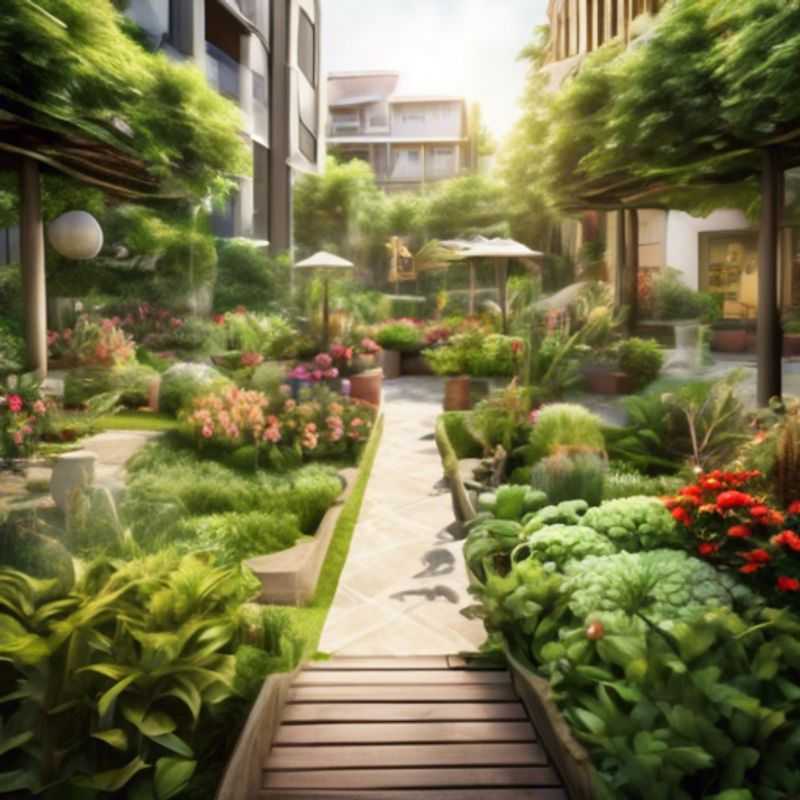
Sizing Up Your Print: Getting the Right Fit for Your Space
When designing a print project, consider the size of the print and how it will fit in your desired space. This seemingly simple step can be crucial for the final product's success.
Scale and Proportion are key factors. Consider the size of the text, images, and overall layout in relation to the final printed piece. Will it be a small postcard or a large poster? What is the intended viewing distance? These factors influence the readability and overall visual impact.
Resolution and DPI (dots per inch) are important for image quality. Higher DPI translates to sharper images, especially when printing at larger sizes. Ensure your images have a sufficient DPI for the desired print size to avoid blurry or pixelated results.
Margins are equally vital for a professional and balanced design. Sufficient margins create white space, improving readability and giving the design a clean, uncluttered look.
Costs are associated with print size. Larger formats usually translate to higher printing costs. Consider your budget and factor in the cost of paper, ink, and printing services when making decisions about print size.
Software like Adobe InDesign or Canva can help you visualize and manage print sizes effectively. These programs offer tools for creating layouts, adjusting margins, and ensuring your design fits within the desired print area.
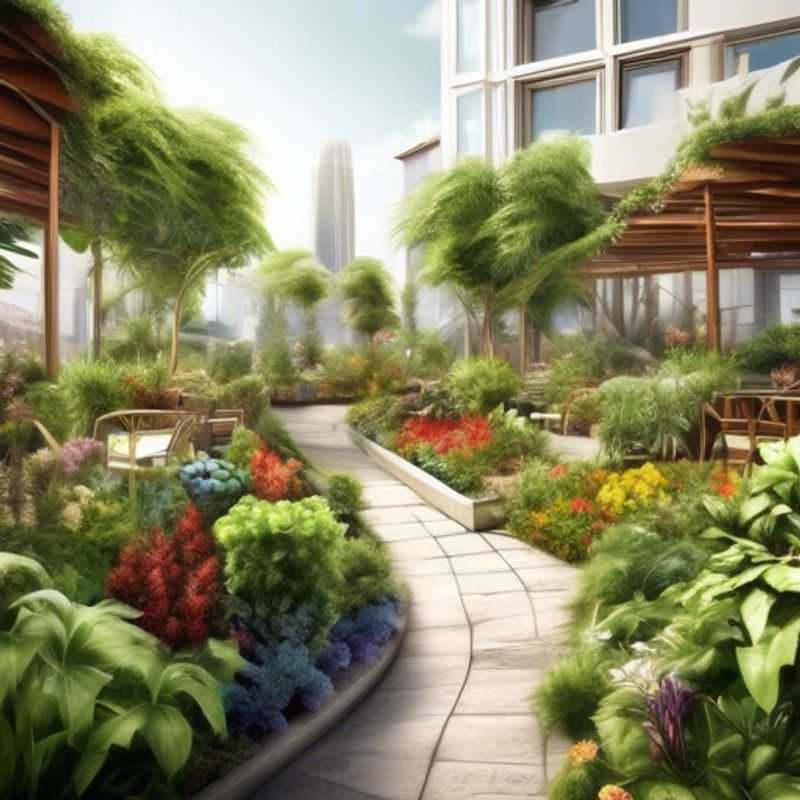
Print Quality Matters: Choosing Durable Materials for Lasting Art
When choosing high-quality prints, focus on durability. Canvas and paper are excellent choices. Canvas prints offer a classic, textured look and are known for their longevity. They can withstand minor bumps and scratches. Paper prints, especially those on archival-quality paper, are ideal for showcasing detail and vibrancy. They are less likely to fade over time. Ensure the print is properly framed or mounted for additional protection. Consider the environment where the print will be displayed, as this will influence your choice of material. If the print will be exposed to direct sunlight, opt for materials that are more resistant to fading.
Keep in mind that high-quality prints are an investment. Factor in the cost of materials, printing, framing, and any additional services like mounting or conservation. The price will vary depending on the size, material, and artist. When planning, be sure to budget for these expenses.
Finally, don't hesitate to ask the printer about their materials and printing process. Researching different options will ensure you get the best quality print for your budget. Consider researching the specific printing techniques used, such as giclée printing, which utilizes archival inks for greater longevity. Look for certifications or guarantees offered by the printer for further assurance of quality and durability.
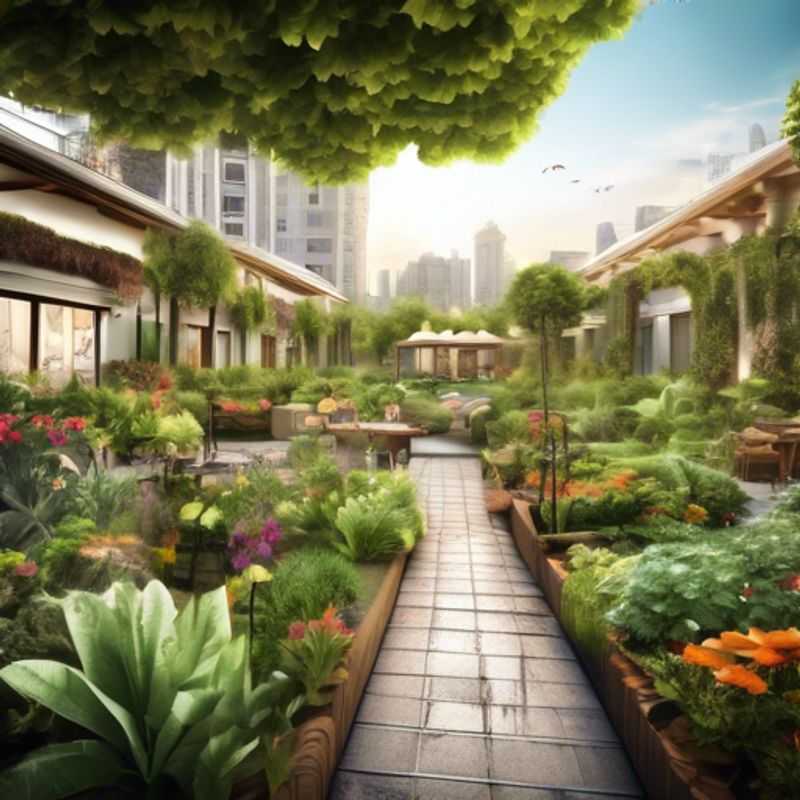
Don't Just Print, Research First: How to Find Reliable Print Sellers
When buying prints online, take a moment to check out the seller's reviews and ratings. This is crucial for a positive buying experience. Reviews offer valuable insights into a seller's reputation, product quality, customer service, and shipping reliability. Look for consistent positive feedback, which indicates a trustworthy seller you can confidently purchase from.
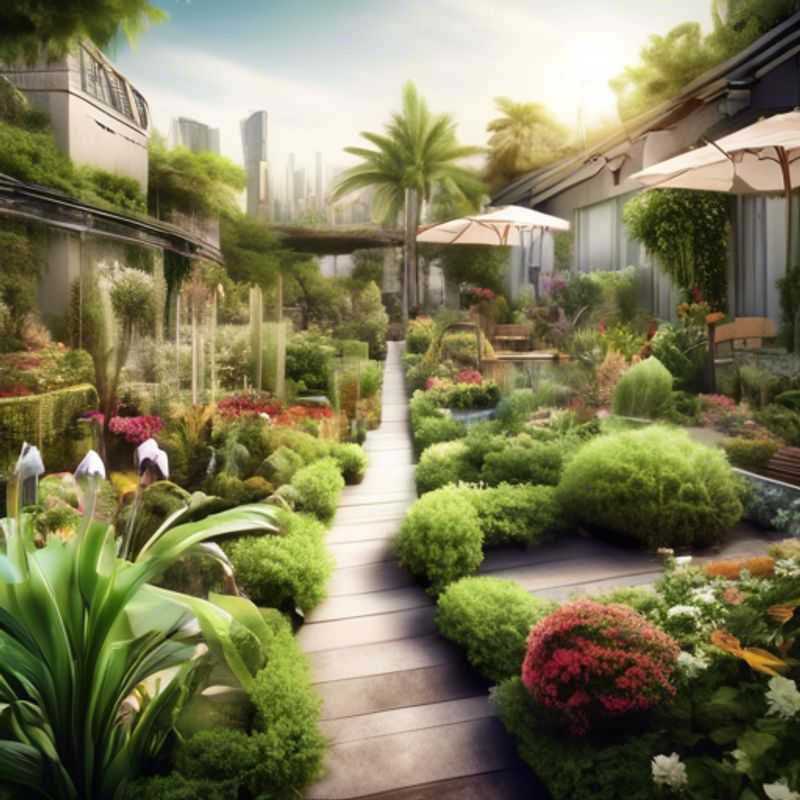
Measure Twice, Hang Once: Ensuring Your Print Fits Perfectly
Before you start hanging your print, it's crucial to measure the wall space where you plan to hang it. This ensures a perfect fit and prevents any unwanted surprises. Here's how:

Finding the Perfect Style: Matching Your Decor & Aesthetic
Choosing the right style for your home is crucial, as it sets the tone for your space and reflects your personal taste. This decision is influenced by your existing decor and personal aesthetic, and it's important to select a style that complements both.
Here are some key considerations for choosing a style that complements your existing decor and personal aesthetic:
1. Assess your existing decor: Identify the dominant style present in your home, whether it's modern, traditional, minimalist, or eclectic. Take note of the colors, materials, and furniture styles you already have.
2. Understand your personal aesthetic: Reflect on your preferred style, whether it's classic, bohemian, contemporary, or industrial. Consider your personal preferences for colors, textures, patterns, and overall ambiance.
3. Complement, don't clash: Aim to create a cohesive look by choosing a style that harmonizes with your existing decor. A style that contrasts drastically might make your home feel disjointed.
4. Consider the space: Think about the size and functionality of the room you're decorating. For example, a minimalist style might be ideal for a small space, while a traditional style can work well for a large living room.
5. Experiment with accents: If you want to introduce a new style without a complete overhaul, start with accent pieces like throw pillows, artwork, or rugs that incorporate elements of your desired style.
6. Balance and harmony: Strive for a balanced approach. You can incorporate elements of different styles as long as they create a harmonious overall aesthetic.
Choosing a style that complements your existing decor and personal aesthetic is an iterative process. Don't be afraid to experiment and explore different options until you find a style that truly resonates with you.
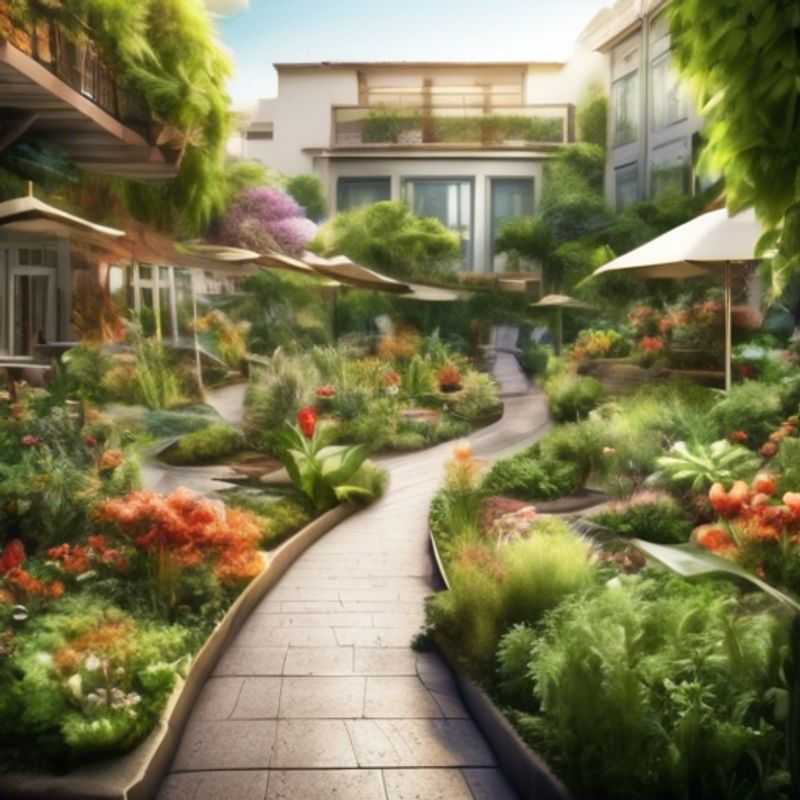
Unlock Your Vision: Explore Custom Sizing and Framing for Personalized Art
Want to give your artwork or prints a unique touch? Consider custom sizing and framing! This allows you to tailor the size and frame to perfectly complement your piece and your space.
When thinking about custom sizing, consider the overall aesthetic you want to achieve. A larger piece can create a bold statement, while a smaller one might fit better in a smaller space. You can also play with proportions, such as creating a panoramic view or a dramatic close-up.
Regarding framing, custom options offer endless possibilities. You can choose from various materials, colors, and styles. For instance, a classic wooden frame can add a timeless touch, while a modern metal frame might create a contemporary vibe. You can also explore different finishes, such as a distressed look for a vintage feel or a polished finish for a sleek aesthetic.
Custom sizing and framing can come with additional costs. These usually depend on the material, size, and complexity of the frame, as well as the expertise required for mounting and assembly. Make sure to get quotes from different professionals to compare prices and find the best deal that fits your budget.
